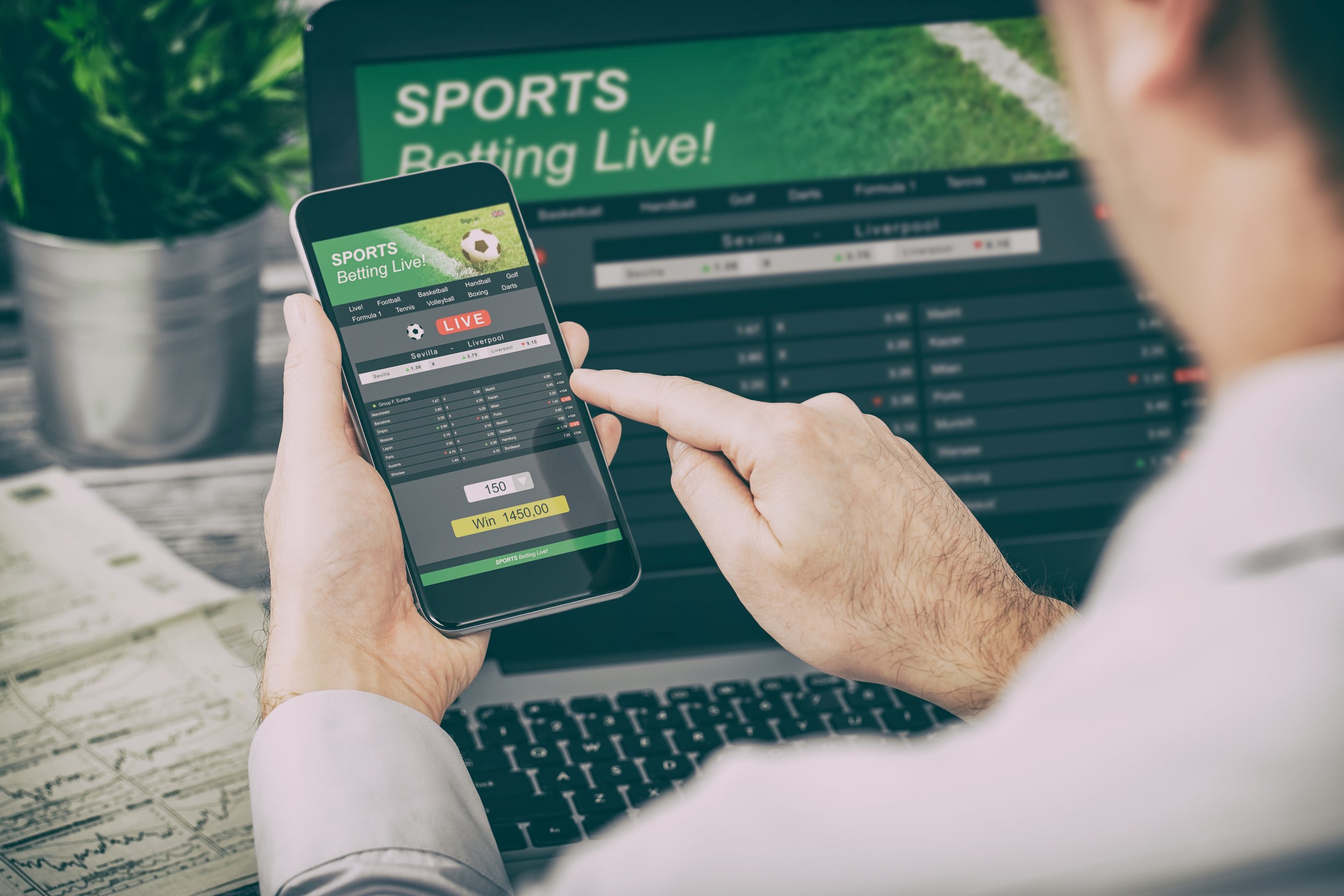The BackPage Weekly | The Changing Relationship Between Gambling and the Sports Industry
Written by Ollie Raggett and Chris Paget
If the first few months of 2023 are anything to go by, it might appear that 2023 is fast becoming a seminal year for the relationship between the gambling industry and football. As we recently discussed, there are increasingly greater regulatory prohibitions changing the landscape of the gambling industry in football (see edition #8 covering the introduction of the new “strong appeal test” from the ASA) as well as increased political and governmental pressure.
In the short period since March the picture has changed again; as last week the PL Clubs agreed to withdraw gambling sponsorship from the front of matchday shirts (effective from the end of 2025/26 season). In light of this, we thought this week’s BackPage would be a good opportunity to briefly consider the potential repercussions for the wider sponsorship sector of the growing movement by the PL away from gambling and to what extent this trend may be mirrored across the wider football pyramid and sports industry as a whole.
While the decision by PL Clubs is significant (in being the first UK sports league to move away from such prominent gambling advertising) there is far from a consensus across the sports industry in forging a shared movement away from partnerships with gambling companies (indeed the PL’s withdrawal is limited to front of shirt - with sleeve, perimeter boarding and other in stadia sponsorship remaining). Moreover, only a few days after the PL announcement, the ICC lifted its kit sponsorship ban by gambling firms for both international Test matches and one-day internationals. This comes in addition to the existing (and much-used) opportunities within cricket to display logos in stadium/on field.
⚽ Leading the change? Out on its own? Or not going far enough?
Domestically and internationally sport has an inconsistent approach to how it treats, perceives and engages with gambling. While the PL are moving away from what has been the most lucrative piece of sponsorship inventory for gambling companies (front of shirt), the SPL has already confirmed there is no intention to follow suit. Likewise, while there may be some recent support in the EFL to follow the PL’s lead, it has previously stated any ban would be “completely illogical” and some commentary also indicating that any ban could be catastrophic for those further down the football pyramid. While top clubs are more agile and able to diversify their sponsorship portfolio, smaller clubs are more dependent on the income from gambling companies – with front-of-shirt sponsorships in the PL typically worth in excess of £4m. Moreover, away from the top 6 clubs, it is widely accepted that far greater revenues can be achieved from gambling companies as compared to most other sectors when compared on a like-for-like basis.
⚽ Ahead of the curve: jumping or feeling pushed?
It is important to acknowledge the context of the announcement from the PL. The upcoming (albeit much delayed) White Paper will bring tighter regulation across the gambling industry and address the increasing public, regulatory and governmental pressure for greater scrutiny. Some have argued that the announcement by the PL is merely an attempt to pre-empt what is already expected as part of incoming tighter government control. Some sceptics have also suggested that enforcing the ban for the start of the 2026/2027 season gives teams the opportunities to maximise revenues before the ban and (even post-ban) sleeve sponsors and stadium perimeter and other in stadia assets will still be authorised meaning higher value can be negotiated for these sponsorship slots.
Only time will tell how this plays out, what impact it has socially, politically and on club revenues, and whether wider withdrawals are brought in (either voluntarily or mandatorily) within the PL, football and other sports more broadly.
📈 What next?
While gambling can be a controversial and a highly politicised issue both inside and outside the sports industry, it is not the only highly profitable sector that is likely to face further scrutiny and regulatory control. The tighter governance over gambling may contribute to similar approaches for other industries which are given similarly high exposure in sport. For example, at the most recent 2022 World Cup, McDonalds and Budweiser were both named headline sponsors – in spite of ongoing discussions about the health impact of fast-food and alcohol. Similarly, we have also previously discussed the challenges which crypto brands face in entering sports sponsorships. It is not difficult to foresee analogous public policy arguments that are pushing through closer control of gambling companies being equally successfully deployed onto these other industries.
As previously discussed, the lucrative commercial partnerships between sports and gambling companies have been mutually beneficial to help maximise exposure and for revenue growth. Given the complexity of the regulatory and stakeholder landscape across sports (particularly with present pressures on revenues and profitability) it is difficult to imagine a consistent approach across football – let alone the sports industry more generally – can be achieved. It remains to be seen whether the steps taken by high-profile clubs, alongside wider government regulation and control, will trigger an inevitable adjustment across the wider pyramid in how gambling companies interact with sports properties. How brands and rights holders adjust their strategy will be interesting to observe, not least as we are in, and continue to face, economic and political uncertainty on a domestic and international level thereby creating further headwinds for all stakeholders.
